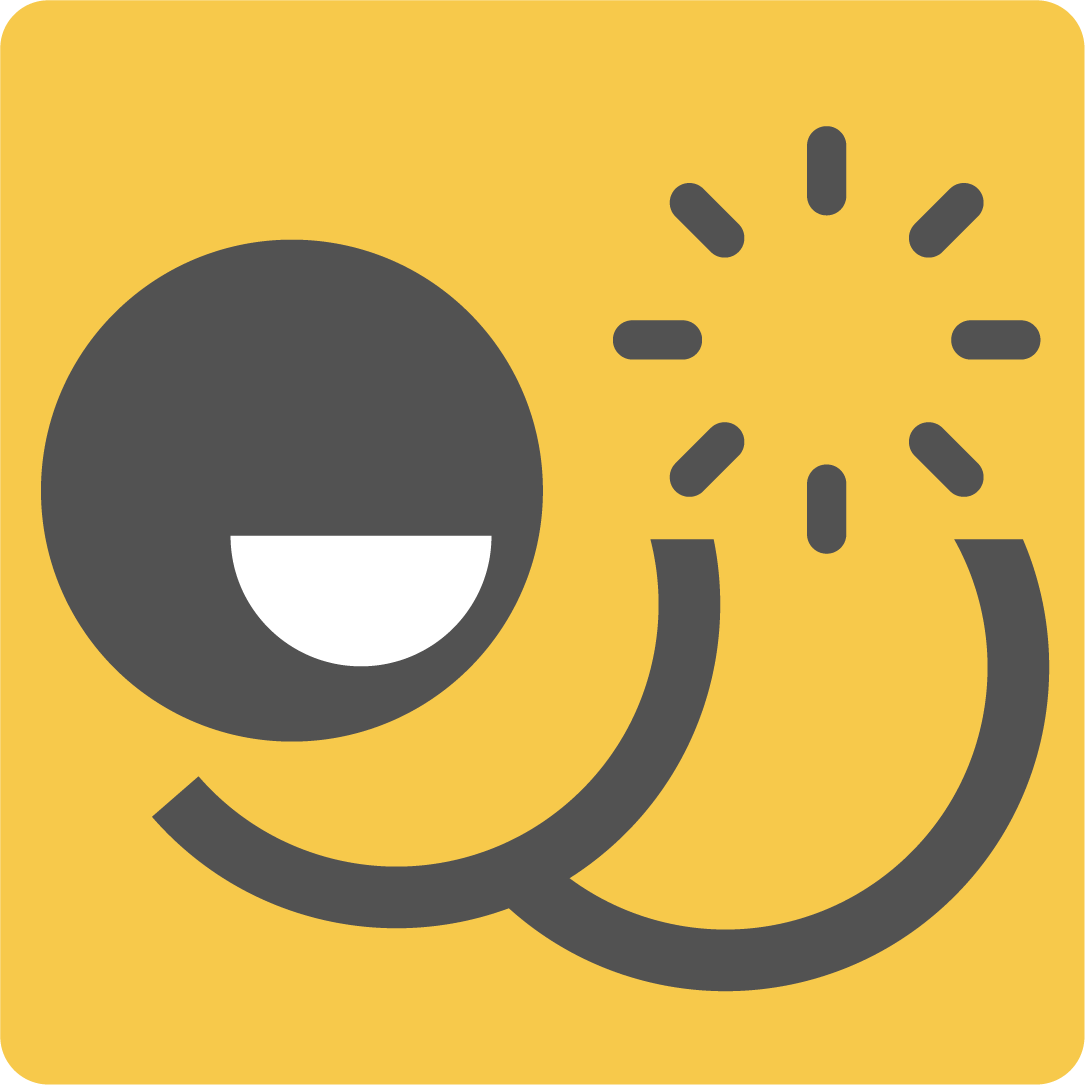Audiences and Principles to Help Create Meaningful Products Instead of Bolt-On-UX
Dry erase board sketch of business, art, engineering, and design working together on ux strategy.
In a nutshell: making UX strategy more approachable for business, engineers, artists, and designers.
You can do a lot of good for your audiences by including a wider perspective in a principled way. An approachable way to start: use these two lists to help decisions in making and evolving your product. First list helps with 5 principles to do well by your audiences. Second list is 5 kinds of audiences to include.
Principles to uphold for all 5 audiences.
Dry erase board closeup - principles
Some professions have oaths to take that encode important commitments to do the right kind of work that helps people and avoids harm. In UX design, I've found that agreed upon principles are useful mechanism. Not an oath, though they help spread awareness of important criteria to influence projects.
Choose principles then continuously refer to them for the life of the project. Consider this list as a starter for your own. I keep iterating and evolving it, here's where it stands today.
Portable product principles starter list:
- Be inclusive in decision criteria and decision making.
- Be aware of potential harm though inherent risks, power imbalances, and willful misuse of what you create.
- Be active in avoiding causing harm.
- Be accountable to learn and adapt.
- Be useful, usable, learnable, accessible, and if appropriate: delightful.
Actions you could do for each:
- Invite people from the 5 audiences listed in the next section, various backgrounds, and dimensions of diversity to learn from. When your team decides it needs to credibly include this learning process.
- Critique what you make and consider where things could go wrong from a variety of perspectives.
- Maintain awareness by listening to your audiences and actively seeking to learn from them though non-creepy inclusive opt-in observation and paid research.
- Your team's criteria for success, ongoing feedback, and awards need to be connected to adapting and learning from your audiences.
- Use tactical user experience research and design to improve and prove that your product is able to be used by people of many backgrounds, cultures, contexts, abilities.
These are useful qualities to bring to any project, product or service.
Introducing principles to teams and organizations not accustomed can range from enthusiastic to concerned or even no-way-that's-not-for-us conflict. No matter how principles connect for your team, it's a good conversation to have. This is part of the work it takes to live up to taking real action and affecting your work and audience through a UX mindset. You're showing each audience how you care and include.
5 Audiences to Include In Your Decisions
Dry erase board closeup - audiences
For UX to be systemic it's important to consider as many humans as you can that relate to the products you create.
- Your Main Audience: these are the people you think about most to make meaningful products. What are their cares, goals, needs that relate to your product? How can you user your capabilities to bring them benefit in a principled way? Commonly thought of as your user, though once you look at how different groups are connected and affected by your product, you'll see that each group can be a kind of user of some aspect of the product.
- Your Organization: the people who fund and create space and foundational process to make your product successful. The goals, culture, expectations of your organization are important to your product so you can succeed together through shared purpose.
- Your Team: each person on your team brings a piece of capability and care and connection to the purpose that weaves all your different skills together. How you communicate and collaborate together will be greatly affected by your ability to see each other as whole humans with different perspectives.
- The World: in general and a big picture way, what about your product is helping the world? This includes the locales you serve, cultures, industries related to what you make and how you make it. How does your team work to learn from a big picture and see contexts that your product connects?
- You: as an individual in a team, at a company, in an industry, serving an audience, considering the big picture, what are you noticing and learning from paying attention to your own goals and affect on what you make?
Meaningful Design vs. Bolt-On-UX
Considering humans and making things better for them. Sounds like a worthy practice on the face of it. It's easy to miss two important things, that without will send you on the path of bolt-on-ux. That's when experience design is focused on tactical aesthetics and behavior reinforcement after a product is mostly created.
Meaningful design is both strategic and tactical that weaves together business, engineering, design, art, and the other contributors to a project.
If design happens later, it's effectively bolted on to some other ideas. Those ideas whether intentional or not may not have great outcomes for the different audiences interconnected through this product.
What are you making more palatable through improved interactions? Is it avoidable harm? A good metaphor to consider is The Angler Fish of UX. We can make the bad worse, we can make the negative palatable enough. Abusive patterns are possible with the skills you learn to include humans with your systems.
To avoid bolt-on-ux you need to start with being more systemic about the audiences you include to influence the work and you need to commit to principles that bring benefit without harm to those audiences.



